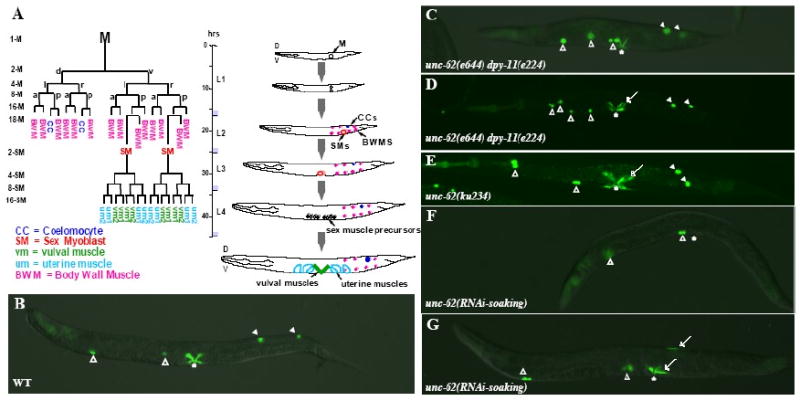Figure 1. unc-62 is required for proper development of the M lineage.

(A) The C. elegans hermaphrodite postembryonic M lineage. Times are indicated post-hatching at 25°C. The M lineage showing all differentiated cell types is shown on the left (modified from Sulston and Horvitz, 1977), while a schematic lateral view of the M lineage through larval development is shown on the right. The different stages of the M lineage are also depicted as 1-M through 16-SM. D, dorsal; V, ventral; L, left; R, right; A, anterior; P, posterior. (B-H) Wild-type (B), unc-62(e644) dpy-11(e224) (C-D), unc-62(ku234), and unc-62(RNAi-soaking) (F-G) adult animals visualized using an intrinsic CC∷gfp and egl-15∷gfp. Open arrowheads point to embryonic CCs, while solid arrowheads point to M-derived CCs. Arrows point to either extra type I vulval muscles (VM1s) in the vulval region (the vulva is denoted by an asterisk) or ectopic egl-15∷gfp-positive cells in the posterior. (C) A unc-62(e644) dpy-11(e224) animal with normal numbers of CCs and VM1s. (D) A unc-62(e644) dpy-11(e224) animal with normal numbers of CCs but extra VM1s. (E) A unc-62(ku234) animal with normal numbers of CCs but extra VM1s. (F) A unc-62(RNAi-soaking) animal with no M-derived CCs and VM1s. (G) A unc-62(RNAi-soaking) animal with no M-derived CCs and extra VM1-like cells located both in the vulval region and on the dorsal side of the animal.
